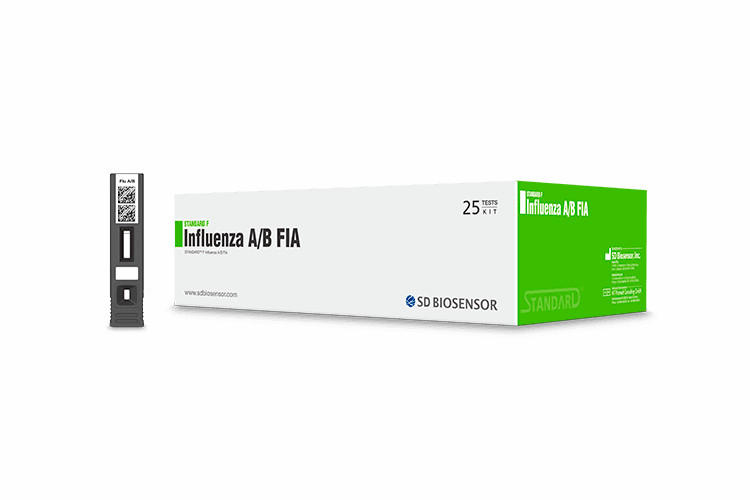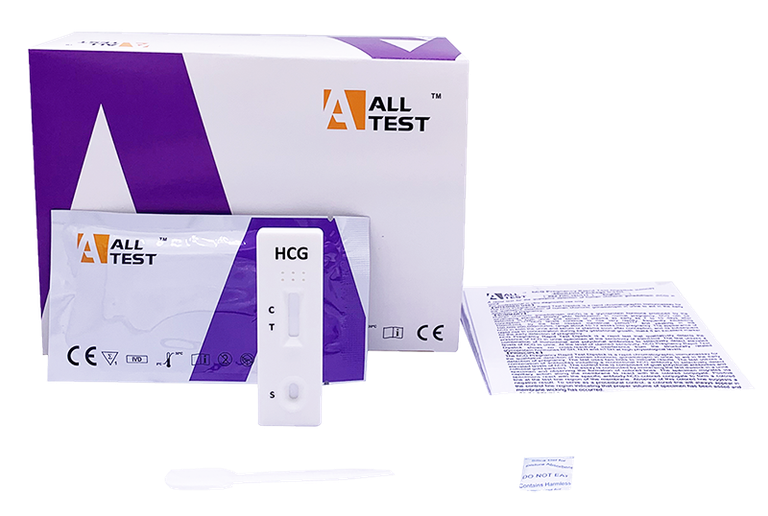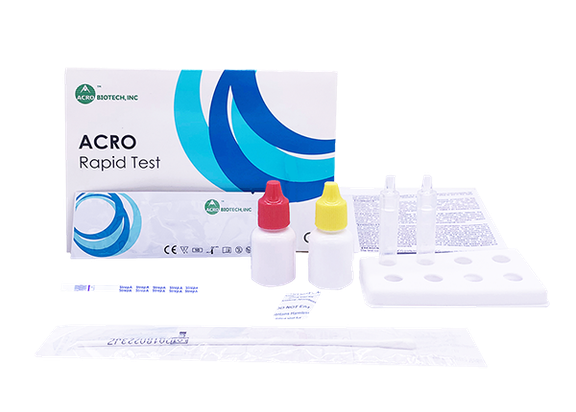SD BIOSENSOR STANDARD F Respiratory pathogens
STANDARD F respiratory pathogen test kits cover the most common
pathogens causing colds and influenza, bronchitis, and pneumonia. If
viral antigens are present in patient sample, they react with the
europium conjugated antibodies to form antibody-antigen fluorescence
particle complexes. The intensity of the light generated on the membrane
is scanned by the STANDARD F Analyzer. The test result is displayed on
the analyzer’s screen.
The provided qualitative results help the physician to determine the next steps for the best available treatment.

Generally
SD BIOSENSOR STANDARD F test kits are used together with the STANDARD F200 analyzer or the STANDARD F2400 analyzer to enable fast and reliable results.
STANDARD F Influenza A/B FIA for detection of influenza nucleoproteins in nasal or nasopharyngeal swab, wash, or aspirate samples.
STANDARD F RSV Ag FIA to detect RSV antigen in nasopharyngeal swab or nasopharyngeal aspirate/wash samples proving an initial screening test result.
STANDARD F Strep A Ag FIA for detection of Group A Streptococcal (Strep A) antigen present in throat swabs providing an initial screening result.
STANDARD F Adeno Respi FIA for detection of adenovirus infection in nasal or nasopharyngeal swabs providing an initial screening result.
STANDARD F Legionella Ag FIA for the detection of Legionella pneumophila serogroup 1 antigen present in urine samples for an initial screening result.
STANDARD F S.pneumoniae Ag FIA for the detection of S.pneumoniae CPS Ag present in urine samples and in cerebral spinal fluid (CSF) samples proving an initial screening test result.
SD BIOSENSOR STANDARD F respiratory pathogen kits provide
- Accurate and objective results
- Traceability of results
- Ready-to-use reagents
- Simple test procedure
- Room temperature storage
Technical data
| Products available |
|
| Use | Provides initial screening test result for respiratory pathogens |
| Method | Fluorescence immunodiagnostics |
| Sample type | Test dependent |
| Instrument information |
|
| Time to result | 10 or 15 minutes, test dependent |
| Reading of the result | Instrument read |
| Storage | 2 - 30 °C |
| Sensitivity | Test dependent |
| Specificity | Test dependent |
| Shelf life | Test dependent |
| Country of origin | Republic of Korea |
| Registration | CE-mark |
About the analytes
Influenza is a highly contagious and acute viral infection of the respiratory tract caused by an influenza virus. Three types of influenza viruses affect people. Type A viruses are the most prevalent and are associated with most serious epidemics. The clinical symptoms by the infection of Type A viruses are more severe than symptoms caused by Type B viruses.
RSV (Respiratory syncytial virus) occurs throughout the world, and in each location it tends to occur in yearly winter outbreaks. The virus lives inside the cells lining the respiratory system, causing swelling of this lining coupled with the production of large amounts of excess mucus. In adults, this shows up as a bad, lingering cold with thick nasal congestion and a deep, productive cough. In infants, however, the excess mucus can be enough to plug their small airways or bronchioles, resulting in a severe illness called bronchiolitis that requires hospitalization.
Human Adenoviruses are a large group of viruses, with various genotypes divided into genomic clusters. Respiratory tract adenovirus infection manifests itself in various clinical forms including pharyngitis, bronchitis, exudative tonsillitis, pharyngo-conjunctival fever, and pneumonia. Many of these are difficult to distinguish clinically from other respiratory virus infections and some bacterial infections.
The genus Legionella is a pathogenic group of more than 50 species of bacteria. The best characterized member of the genus, Legionella pneumophila, is the major causative agent of Legionellosis. Legionella pneumophila is commonly found in lakes, rivers, creeks, hot springs and other bodies of water where it is symbiotically present in aquatic amoebae. Most people become infected when they inhale microscopic water droplets containing the bacteria.
Streptococcus pneumoniae (S.pneumoniae) is a gram-positive and catalase-negative organism, also called pneumococcus since it causes the pneumococcal infection. S.pneumoniae is involved in upper respiratory infections such as otitis media and sinusitis and in invasive diseases such as pneumonia, bacteremia, and meningitis. S.pneumoniae is spread through indirect or direct contact with an S.pneumoniae carrier and spread of almost the whole of upper respiratory infections are due to the contaminated air by S.pneumoniae bacteria.


